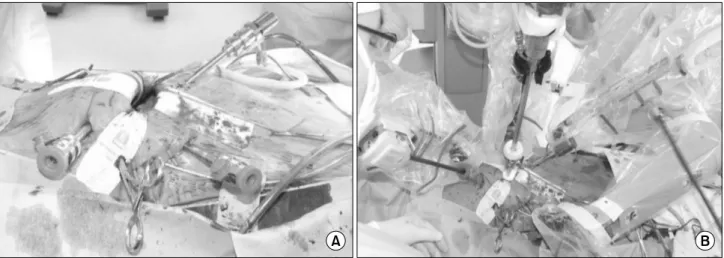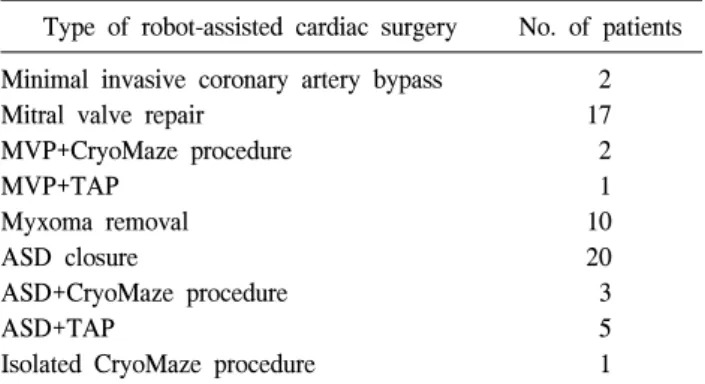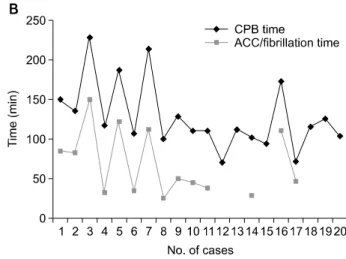ISSN: 2233-601X (Print) ISSN: 2093-6516 (Online)
Department of Thoracic and Cardiovascular Surgery,
1Seoul National University Hospital, Seoul National University College of Medicine,
2Seoul National University Bundang Hospital, Seoul National University College of Medicine,
3Sejong General Hospital
Received: July 16, 2014, Revised: October 28, 2014, Accepted: November 5, 2014, Published online: April 5, 2015
Corresponding author: Cheong Lim, Department of Thoracic and Cardiovascular Surgery, Seoul National University Bundang Hospital, Seoul National University College of Medicine, 82 Gumi-ro 173beon-gil, Bundang-gu, Seongnam 463-707, Korea
(Tel) 82-31-787-7140 (Fax) 82-31-787-4050 (E-mail) mluemoon@snubh.org
C
The Korean Society for Thoracic and Cardiovascular Surgery. 2015. All right reserved.
CC



